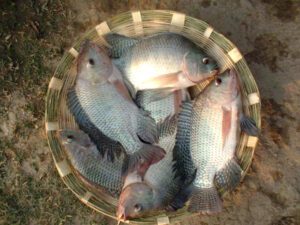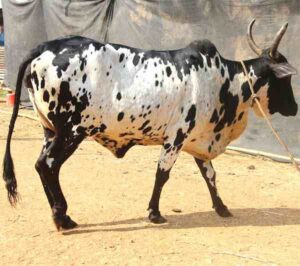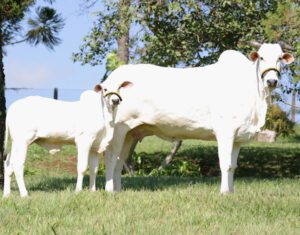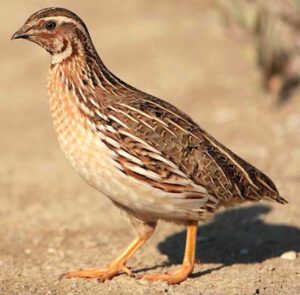The Gohilwadi goat is an Indian goat breed which is distributed mainly through Amreli, Bhavnagar and Junagarh districts of Gujarat state. It is a multi-purpose goat breed, and generally raised for meat, milk and also for fiber production.
According to FAO, total population of the Gohilwadi goat breed in it’s main distributed area was 0.369 million (according to the 1972 census). Among these population, around 0.277 million were adult does, and 0.017 million were adult bucks. Read some more information about this multi-purpose Indian goat breed below.
Gohilwadi Goat Characteristics
The Gohilwadi goats are medium to large sized animals. They appear mainly in black color. Their body is covered with coarse long hairs. Their nose line is slightly convex, and they have tubular and drooping ears. Both bucks and does are generally horned. Their horns are slightly twisted, and turned backward.
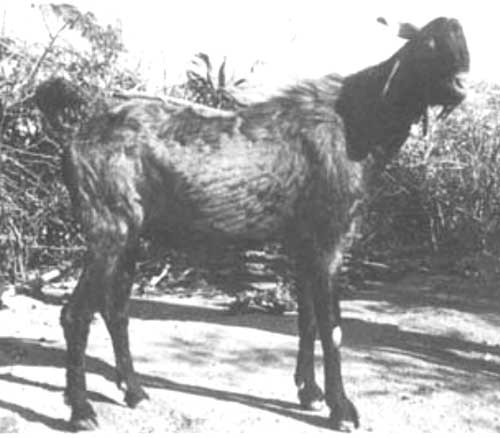
Average body height of the mature doe is around 79 cm at the withers, and the buck’s height is around 81 cm. Average live body weight of the mature bucks is around or up to 37 kg. And the mature does on average can reach around or up to 36 kg live body weight.
Feeding
The Gohilwadi goats are generally raised under extensive management system in their native area. They generally browse their local grazing lands, and pasture. But they will do very well if provided with quality supplementary feeds. Read more about goat feeding.
Breeding
The Gohilwadi goats are very good breeders. The does are prolific, and they mostly produce single kid per kidding with a twining percentage of around 15 percent. Average kidding age for the doe is 20 months.
Abilities
The Gohilwadi goats are very strong, hardy and active animals. They do very well in their local environment.
Uses
The Gohilwadi goats are multi-purpose animals. They are raised for meat, milk and also for fiber production. The does are good milkers with around 1.5 kg daily milk production in a lactation period of around 220 days. Average hair yield per year is around 317 grams.


